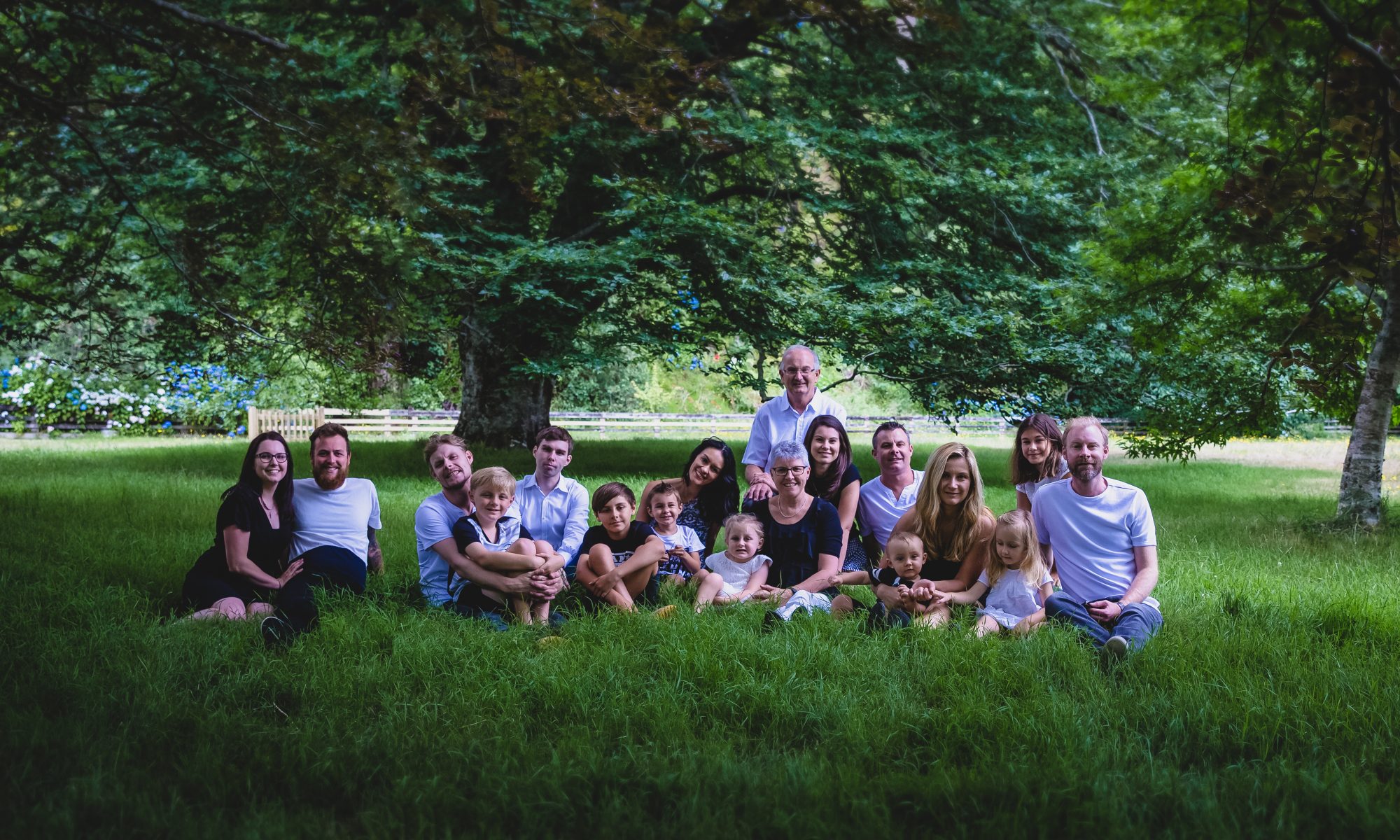I have been sewing for years, having learnt most of my techniques from my sewing teacher at high school. That was approximately 46 years ago! Over time I have been able to sew most things, so my teacher did a pretty good job of teaching me. Having a seamstress as a sister was also pretty helpful, and she was great for giving advise or help when needed.
About 6 months ago, I decided to recover the squabs in our caravan, and looked to ‘You tube’ for instruction. I wanted to make box shaped squab covers. I had the idea of how to make them, but watching a video of someone else sewing these covers, helped to confirm the technique. It was while I was watching them, that I saw of a new process to me, of putting zips in. And I used that process on the squab covers. It was so much easier and quicker than my old way.
Here is the process.

I am making a cushion cover and this is a fat quarter that I am using for the back of the cushion. It needs an opening for the soft pillow insert. The best way for that opening, is to put in a zip that is just under the size of the width of the cushion. I have folded over the top of the fat quarter and sewn a seam about a half inch in. This seam is sewn in the biggest stitch possible, as it will be taken out at a later date. A big stitch length is easier to unpick!

Cut open the fold

Overlock the seam edges, and press open the seam.

Now place the zip on top of the seam, making sure that the zip opening is right on top of the sewing stitches.

Sew the zip in with the zipper foot on your sewing machine. It is a little tricky around the zip pull. I stop sewing, adjust the zipper pull, and then restart sewing again.

You can see by the photo above, that I have stopped sewing about 2 inches from the edge. This is so I can undo the seam a little to allow the zip pull to move away from the sewing machine zipper foot. Now just finish sewing the zip in.
 This is what it looks like on the good side of your cushion cover
This is what it looks like on the good side of your cushion cover

Carefully use your seam ripper to undo the first seam that you made

And you now have a zip in the back portion of your cushion cover. How easy was that?
I had already made the front of the cushion cover.
As I like to bind the edge of the cushion, all I have to do is place both pieces together and overlock the edges. This helps to keep it all neat and tidy while you commence the binding.

The two pieces are held together by the overlocked edges. Note both good sides are facing out.

For the binding, I cut strips of material at 2 and a 1/2 inches wide. Place the corners at 90 degrees, good sides facing each other, and stitch diagonally across both pieces

iron the seam open

and cut the edge off to leave about a quarter inch

Press the seam open again, nice and flat 🙂

Make sure that you have enough binding to go right around the edge of your cushion. You need to leave an nice long tail as you start sewing. When you have gone around, stop about 8 inches from the start point. You will need to lay the long tail from the start on top of the binding left over at the finish. The overlap needs to be the same size as the width you cut the binding. Mine is 2 and a 1/2 inches. Cut the two and a 1/2 inch overlap and discard the rest of the binding. You can join the two together , and you will have the exact amount left to finish off binding the whole cushion.

When you get to a corner, you will need to sew up to a quarter inch before the edge. Turn the material, and sew off the corner. Fold the binding back on itself and then down the direction of the next side. You can then put the pressure foot down, and keep sewing. This will make a perfect corner when you turn the binding over to the back.

Fold the binding around to the back and stitch into the ditch on the good side. This will catch the binding on the back and sew it all down nicely. You will need to fold and turn the corners to match with the front.

Undo the zip and insert your soft pillow insert and zip up again. You now have a completed cushion to admire and cuddle up to 🙂
The challenge is for you to make one as well (or more). Follow my instructions and make a few scatter cushions for your home, or as gifts for friends and family. Please send me a photo of your creation in the comment section below 🙂



























































































